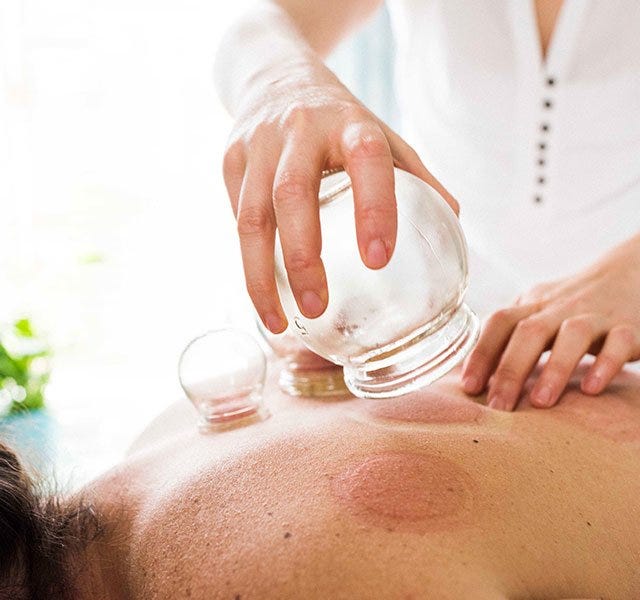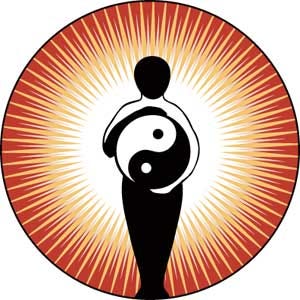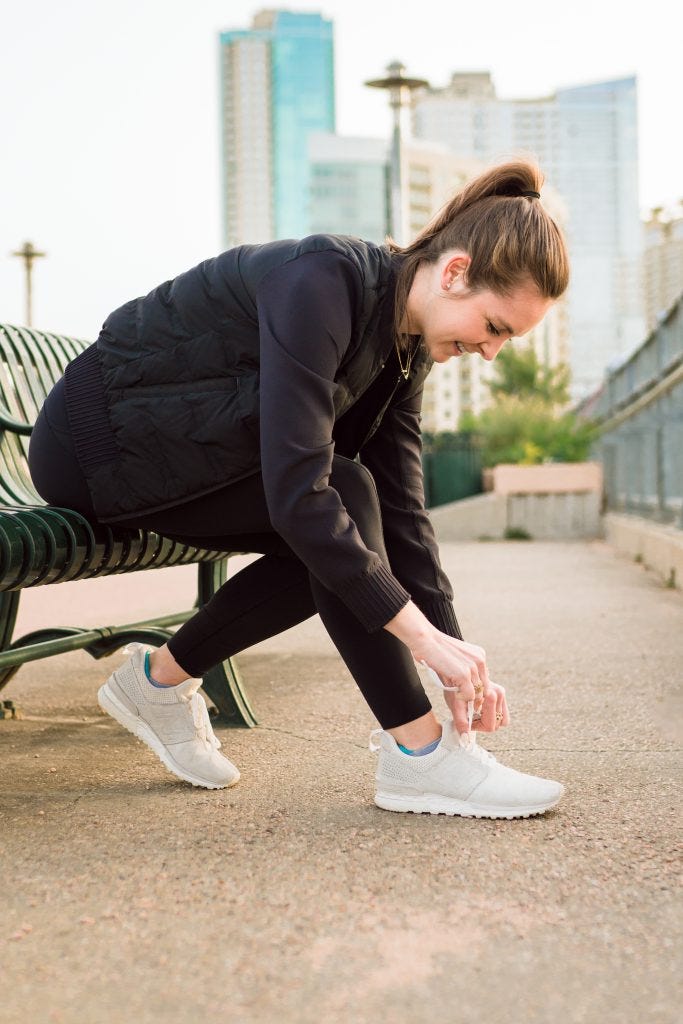What You Need to Know About Cupping Therapy
My Cupping Experience
Years ago, when I began seeing bloggers, celebrities and fellow students in my yoga classes sporting those signature red, circular marks that come from cupping along their backs, I was immediately intrigued. As y’all know, I’m fascinated by alternative medicine practices that approach health in a balanced, holistic way. So when I began reincorporating acupuncture into my wellness routine at Balance Wellness (read more about my journey with acupuncture here), I was also interested in checking out their cupping therapy treatment as well.

Though I was originally under the impression that I wasn’t a hard-core enough athlete to receive this treatment, Chris at Balance Wellness encouraged me to give it a shot, given the incredible results all of us can benefit from.
What is Cupping Therapy?
Similar to acupuncture, cupping therapy is an ancient form of Traditional Chinese Medicine thought to have first been practiced by Ge Hong, a famous Taoist alchemist and herbalist in the second century A.D.
True to the Taoist tradition, cupping works to restore balance to yin and yang (negative and positive) within the body. Bringing about this energetic harmony is believed to boost resistance to disease, increase blood flow and reduce pain. Cupping helps achieve this as it boosts circulation to the areas in which the cups are placed.
Specifically, either glass or silicon cups are used on the skin, and suction is applied to pull blood into the skin tissue. Traditionally, fire is used to remove the oxygen within the cup before placing on your skin, causing suction to occur.

Today, many practitioners are transitioning more frequently to the silicon versions where suction is created through squeezing. When used with oil, these cups can likewise be moved along the length of your back or other location receiving the treatment to amplify the benefits to entire areas.
Typically, red, bruise-like marks are left on the skin due to blood vessels that have broken in the process. Yet despite their appearance, the process and result isn’t painful in the slightest. I actually found it incredibly relaxing!
As Chris explained to me, this method brings new, fresh blood into areas where blood has become stagnant. While massage promotes circulation by pressing deeply into the skin and muscles, cupping brings about the same result by pulling the blood up from the muscles into the skin tissue. This increase in blood flow is seen to promote cell repair and healing and relieve muscle tension and pain.
Cupping likewise correlates to particular acupuncture points on the body, linking the benefits of these two methods together.
Benefits
I personally was interested in cupping to relieve the muscle tension and soreness I build up from teaching Sculpt at CorePower Yoga, running, pilates and more. Oh, and not to mention the stress that results from graduate school and life in general.
In addition to helping my own tension, studies show that this therapy can positively benefit those struggling with shingles, acne, facial paralysis, cough and dyspnea, cervical spondylosis, lumbar disc herniation and more. Likewise, due to the cups’ alignment with acupressure points throughout the body, cupping been seen to aid digestive and skin issues as well.

Chris recommends cupping therapy for treating tight muscular tissue, healing injured areas following a trauma, draining excess fluids, loosening knots and lifting connective tissue.
If you’re interested in learning more about this therapy or want to set up a session with Chris here in Austin, check out his site! And for those not local to Austin, I encourage you to look into cupping therapy practitioners in your area for an additional way to up-level your wellness and health routine.